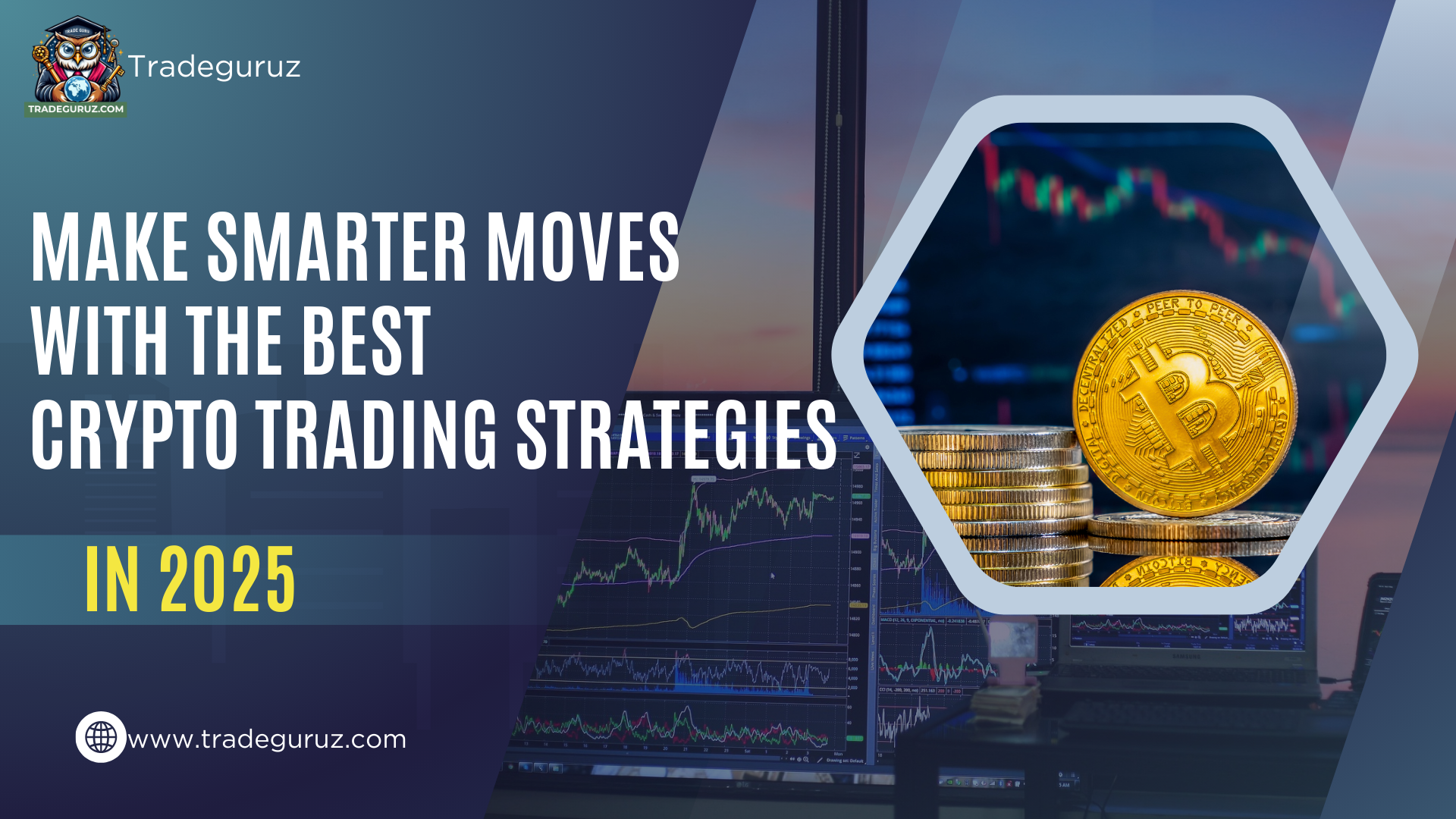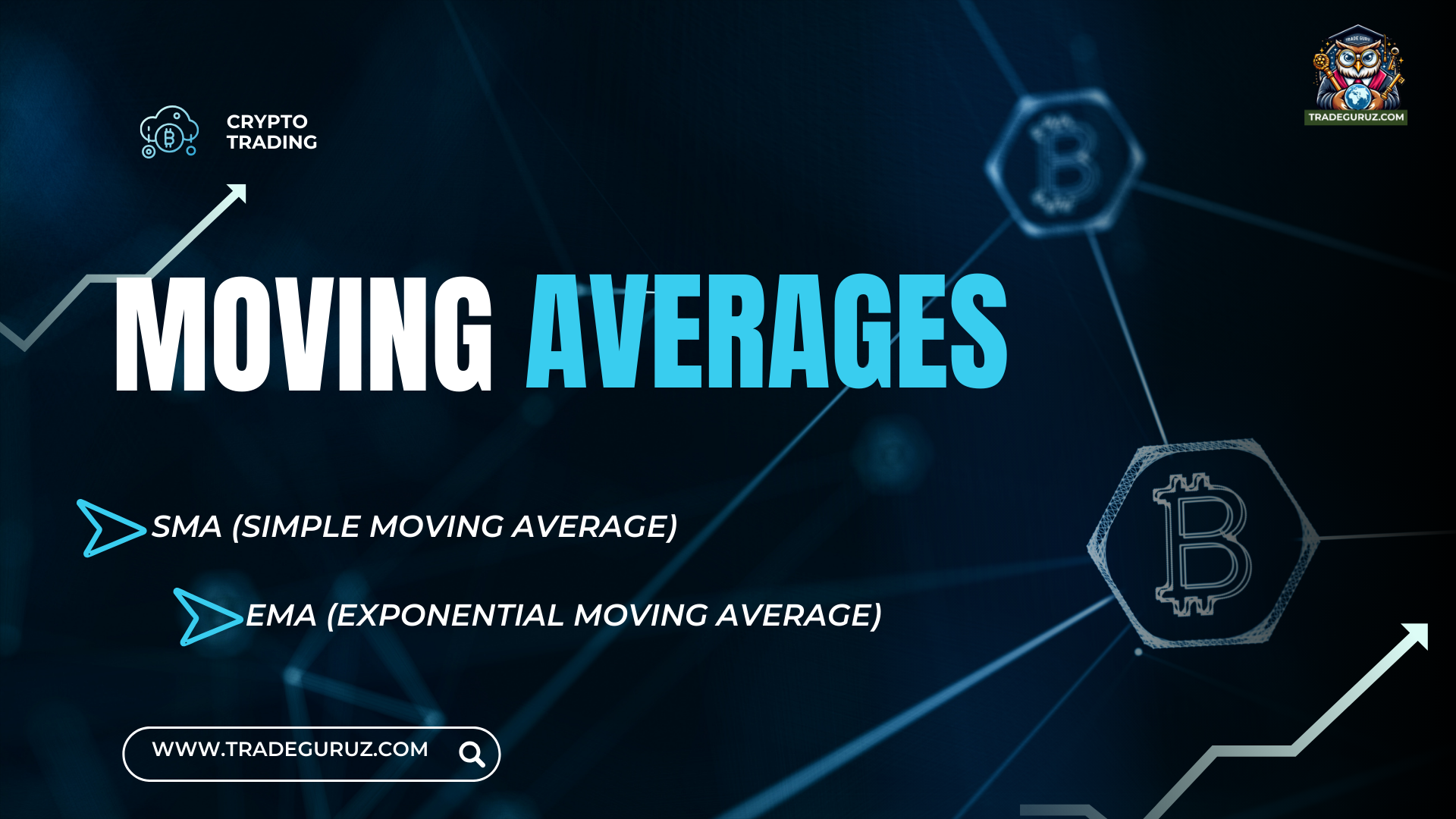



The cryptocurrency market is known for its extreme volatility and unpredictability. It can yield massive profits, but a single misstep can wipe out your entire account. Whether you are a beginner or an experienced trader, entering the market without a solid trading strategy can lead to rapid losses and missed opportunities. This article will explore the most popular crypto trading strategies to help you find the best approach for your trading journey.
Cryptocurrency trading is no longer a new concept in the investment world, but mastering it is far from easy. This is an ultra-volatile playing field, where a coin’s value can surge 50% in a single day and then plummet just as quickly. Price crashes of tens of percent within hours are not uncommon. This unpredictability stems from crypto being a relatively young market, heavily influenced by media hype, investor sentiment, and speculative capital flows. A single tweet from Elon Musk, a tightening government policy, or even an unfounded rumor can spark a buying frenzy or trigger a panic sell-off. This is why trading without a strategy is like walking into a storm without a compass.
A crypto trading strategy is a plan to help you avoid falling into those traps. It is not just about choosing when to buy and sell; it also involves risk management, capital control, and strict discipline in executing your plan. A well-structured strategy enables you to make decisions based on data, technical analysis, and fundamental analysis rather than fleeting emotions. With a clear strategy, you will know exactly when to enter a trade, stop losses, and take profits, eliminating impulsive decisions that could lead to financial ruin. You might have been lucky once when the market was on an uptrend, but luck alone will not sustain long-term success. To thrive, you need a strategy that outlines your path forward.
Successful traders are not those who always win; they are the ones who know how to manage losses, maintain steady profits, and stick to their plans despite market fluctuations. In the crypto market full of uncertainty, a solid trading strategy is your guiding light. If you step into this market without a well-defined plan, you are not a trader but just a gambler playing a game of chance.

To choose the right trading strategy, you must first understand the characteristics of each approach. This will help you determine your trading style and select the ideal strategy to accompany you on your crypto investment journey.
Scalping is one of the fastest-paced and most intense trading strategies in the cryptocurrency market. It focuses on capturing small profits from tiny price fluctuations over very short periods. Scalpers do not care about long-term trends or even daily price movements. Instead, they look for micro-price changes within minutes or even seconds. Traders who follow this style take advantage of minor price swings to enter and exit trades quickly, repeating this process multiple times throughout the day. Many a little makes a mickle, over time, these small gains add up and can result in substantial profits. Since scalping thrives on speed and liquidity, it is ineffective with low-liquidity markets.
To succeed in scalping, you need sharp reflexes and rapid decision-making skills. Scalpers often leverage high leverage to maximize returns from small price movements. This also means that there is more risk waiting for them. Any delay in executing a trade or one wrong decision can erase all profits within seconds. This strategy is not recommended for beginners, as it requires deep market knowledge, technical indicator expertise, and a thorough understanding of trading volume analysis. Scalping is also not for the impatient or those who struggle with intense focus for extended periods. Consider this strategy if you are an experienced trader familiar with technical indicators and trading patterns. However, the most crucial requirement for scalping is iron discipline - a clear trading plan and absolute emotional control to avoid reckless trading.
If scalping is a sprint, day trading is more like a middle-distance race. Day traders ignore small fluctuations and focus on daily price trends. Trading orders are opened and closed in the same trading session, and positions are never held overnight to avoid risks from unexpected after-hours market movements.
Since the cryptocurrency market operates 24/7/365, day trading necessitates constant monitoring and quick decision-making to capitalize on frequent price fluctuations. Traders often rely on indicators like moving averages, Bollinger Bands, and RSI to identify optimal entry points. Additionally, they stay updated with market news, as statements from financial officials or crypto-related events can cause sudden price swings. This strategy is suitable for traders who have time to watch the market during the day but do not want to be under too much pressure from instant trading like scalping. It demands discipline, the ability to control risk, and consistency in execution. Those who cannot withstand the psychological pressure of watching prices fluctuate constantly will have difficulty with day trading.

Swing trading is a medium-term strategy that capitalizes on price movements lasting from several days to a few weeks. Traders look for trend reversals on charts, entering positions when a trend begins and taking profits when it shows signs of weakening. While less stressful than day trading, this strategy still requires regular market monitoring. Swing traders typically use chart patterns and fundamental analysis to identify potential entry and exit points.
This approach is popular among beginners as it allows more time for research and decision-making. Swing trading may be a good choice if you want to profit from price movements but lack the time to monitor the market 24/7. It offers higher profit potential than day trading but also carries greater risk if the market moves unexpectedly. The key to success in swing trading is patience and strong analytical skills to determine optimal trade setups.
Hodling is a long-term investment strategy where traders buy and hold cryptocurrency assets for an extended period, ignoring short-term price fluctuations. Investors who follow this approach believe in the long-term potential of cryptocurrencies, assuming that digital assets will appreciate over time. HODLers buy crypto and hold onto it for months or even years, regardless of market volatility. Unlike other strategies, HODLing relies on fundamental analysis rather than technical indicators. Investors research projects, development teams, real-world applications, and growth potential before making decisions. They do not care about daily price fluctuations but wait patiently until their assets reach their desired profit level.
This strategy is ideal for those who do not have time to constantly monitor the market or those who strongly believe in crypto’s long-term growth. However, HODL calls for constancy and nerves of steel to withstand the pressure when the market goes down. Various holders have experienced periods of asset value reduction of up to 80-90% before seeing large profits in the long term. Choosing this strategy means sacrificing short-term profit opportunities for the potential for long-term growth.
Arbitrage involves purchasing a cryptocurrency on one exchange at a lower price and selling it on another at a higher price to profit from the price difference. Unlike other crypto trading strategies, arbitrage does not depend on market direction, making it a lower-risk approach. Price discrepancies between exchanges arise due to differences in liquidity, supply and demand imbalances, or lagging price updates. Given the vast number of trading pairs across multiple platforms, arbitrage traders often use trading bots or price-tracking software to detect opportunities instantly.
Arbitrage is not a strategy for everyone, it is suitable for those with large capital and the ability to execute trades quickly. Price differences can disappear within seconds, and trading and withdrawal fees between exchanges can eat into profits if not carefully calculated. In addition, some exchanges may impose withdrawal limits or slow transaction processing times, making this strategy more difficult to implement.

>> You may be interested in Unveil 7 Trading Secrets To Master The Cryptocurrency Market
Trading strategies alone are not enough, investors need to understand key technical indicators to predict market movements. Below are some of the most essential indicators.
The Relative Strength Index (RSI) is a technical indicator to assess market momentum. Its values range from 0 to 100, with values above 70 indicating overbought conditions, while values below 30 signal oversold conditions; however, traders should not follow these numbers rigidly. Not all RSI readings above 70 mean it is time to sell, and all RSI readings below 30 mean buy. A strong trend can keep the RSI at high or low levels for an extended period before a real reversal occurs. RSI benefits short-term traders like scalpers and day traders looking for quick entry and exit points. That said, relying solely on RSI without considering market context can lead to premature selling when prices still have room to rise or premature purchasing when a downtrend is still ongoing.
Moving averages help traders identify the overall trend of an asset’s price by smoothing out price data over a set period. MA acts as a noise filter, eliminating minor price fluctuations and allowing traders to focus on the overall landscape. There are two primary types of moving averages:

Volume is a crucial but often underrated indicator. It not only shows the number of coins traded over a given period but also indicates the strength of price trends. An uptrend with high volume suggests strong buying interest, reinforcing the price movement. Conversely, if the price rises on low volume, it may be a temporary pump without real market support. Volume is an essential indicator for all trading styles, from scalping and day trading to swing trading and holder.
Bollinger Bands consist of three lines:
Prices near the upper band indicate overbought conditions and prices near the lower band indicate oversold conditions. The upper and lower bands will widen when the market is volatile and vice versa, they will narrow when volatility decreases. Bollinger Bands helps traders identify whether the market is in a sideways phase or preparing for a breakout. Short-term traders like scalpers and day traders often use Bollinger Bands to find quick entry and exit points, while swing traders use them to detect when the market is overheated or overcold. However, Bollinger Bands should not be used in isolation, combining them with other indicators like RSI or volume provides more reliable trading signals.

Whether you are a newbie or a seasoned trader, you have probably been influenced by emotions in your trading decisions. When the market is soaring, greed tempts many traders to buy at the peak, only to panic-sell when prices drop. On the other hand, when the market is drowning in red, fear drives traders to cut losses too soon, just before prices recover. That is when you need a clear trading strategy that defines the entry point, stop loss point, and take profit point in advance. Besides, discipline is key: do not open oversized positions out of greed, and exit trades too early out of fear. Successful traders are those who control their emotions, not those who let emotions control the market.
Some traders want to "go big or go home," but going all-in on trade is equivalent to betting your entire portfolio on a single gamble. No matter how accurate your analysis is, the market is unpredictable. Just one strong movement can blow all your capital in the blink of an eye. Instead of going all-in, proper capital allocation and portfolio diversification are the keys to long-term survival. Never risk more than 1-2% of your total capital on a single trade. A wise trader does not bet on luck but they calculate risks so that even if they lose a few trades, they can continue to fight.
Many traders, especially beginners, ignore stop-loss orders because they believe the price will eventually bounce back. But reality is not always what we expect, the price not only does not recover but also continues to fall further, causing the loss to grow larger. Until the trader panics and cuts the loss but it is too late. Closing a losing trade at the right time and accepting a small loss can be difficult, simply because no one likes to lose money. The only way to avoid this scenario is to always set a stop-loss for every trade. The stop-loss level should be reasonable enough to avoid being "swept" by small fluctuations but not too wide to prevent excessive losses.
Rumors and FOMO (Fear of Missing Out) often lead traders to make ill-considered decisions. When a particular coin gets hyped up on social media, various traders rush to buy it without verifying its legitimacy. The result? Prices get artificially inflated, only to crash once whales take their profits, leaving small investors with heavy losses. Doing your own research is the only way to avoid this mistake. Check multiple reliable sources, analyze technical charts, and assess the real potential of a project. A successful trader never makes decisions based on emotions or baseless hype.

The crypto market evolves rapidly, and only those who continuously learn and adapt can stay ahead. Trading strategies that work today might not work tomorrow. Some traders make the mistake of believing they already "know enough" and do not need to update their knowledge. Nevertheless, the most successful traders constantly refine their knowledge and skills. Maintain a learning mindset, read trading books, follow experienced traders, stay updated with market news, and continuously practice your analysis. Treat every trade as a learning experience, even when you lose. Traders who persistently learn and improve will steadily enhance their skills and achieve long-term profitability. And when you are equipped with solid knowledge, you will be more confident in facing the temptations in this volatile market.
Crypto trading is not a game of chance but requires a clear strategy. Every trader has a unique approach, but successful traders share common traits: they understand the market, know how to control risks, and keep emotions in check. There is no perfect strategy, only the one that suits you best. Stay disciplined, keep learning, and develop a resilient mindset, these are the keys to surviving and thriving in this volatile market.
Thank you for spending your time to read this article. For more information, please contact us at TRADEGURUZ.